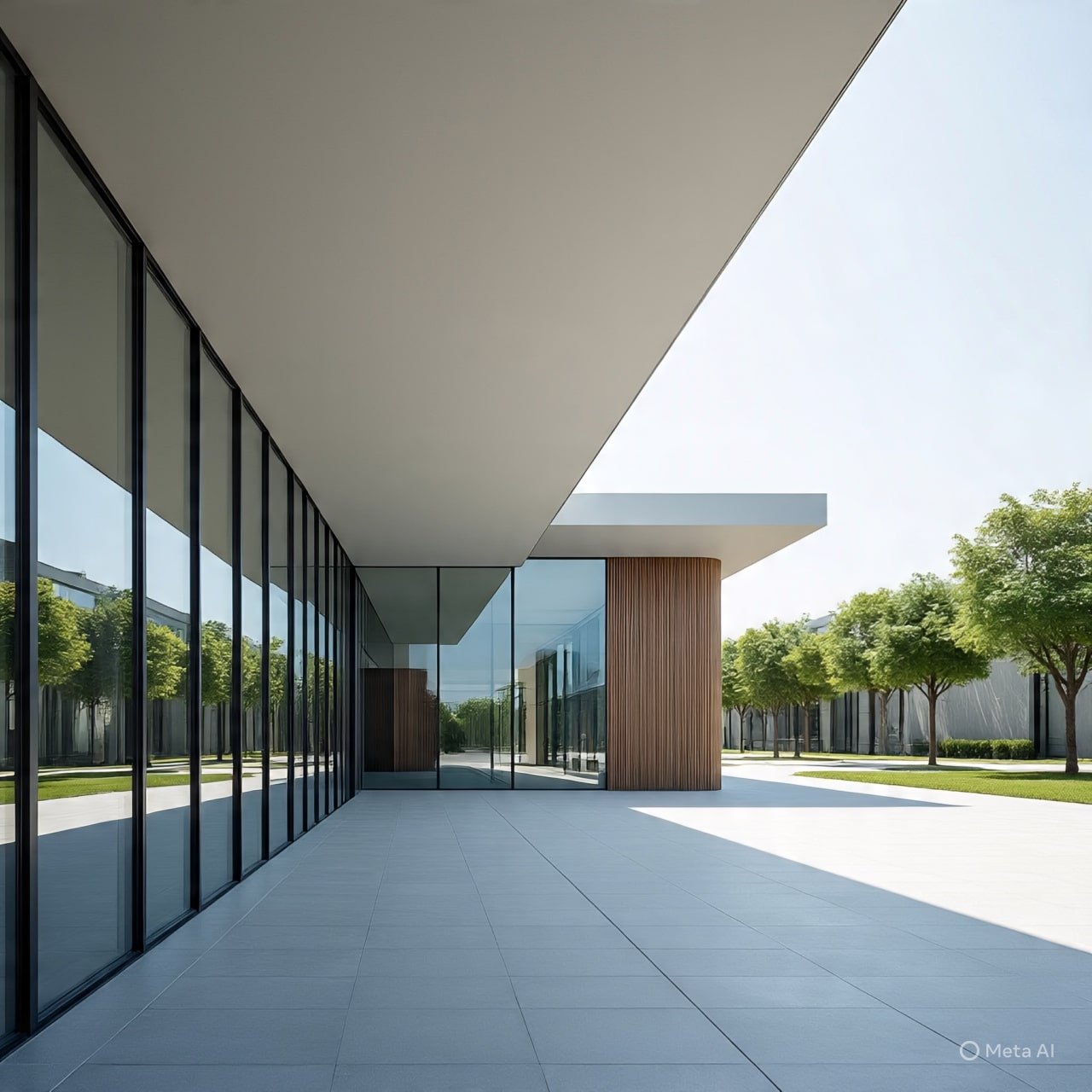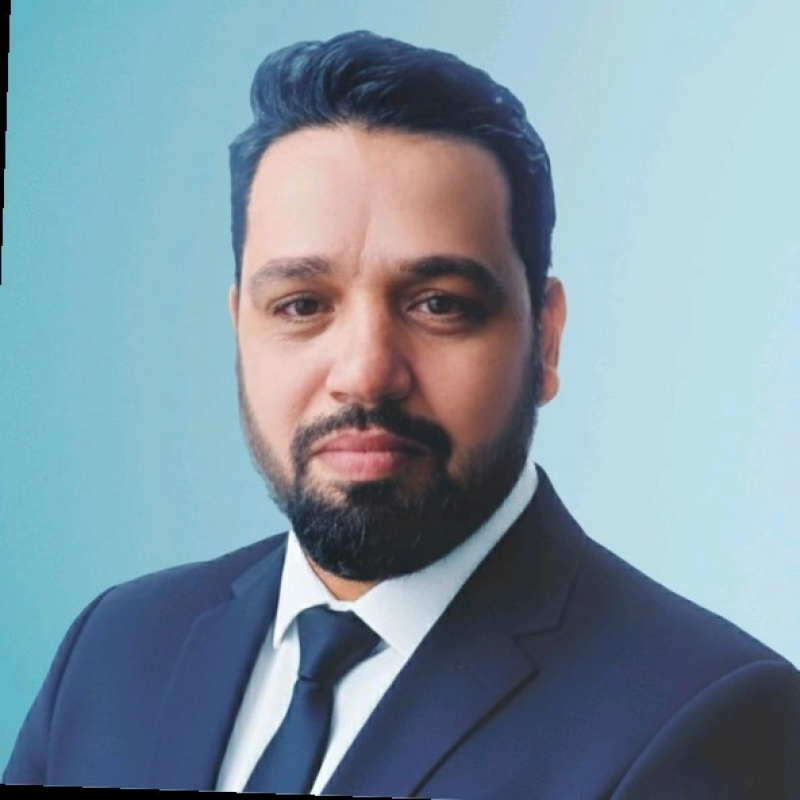SEO for Architecture Firms: Complete Guide for 2025
Get Your Design Studio Discovered by High-Value Clients
You don’t need more traffic. You need the right traffic—the kind that lands your portfolio in front of clients who already value exceptional design and are ready to invest in it.
Here’s the reality: generic SEO doesn’t work for design firms. It fills your inbox with students, DIYers, and price shoppers. Meanwhile, your real prospects—the luxury villa owner, the boutique developer, the hospitality brand—never find you.
It’s about getting discovered by the right people at the right moment.
At Adswom, we’ve built SEO frameworks specifically for architects and designers. We don’t chase vanity metrics. We measure success by qualified inquiries and booked projects.
If you’re ready to stop guessing and start scaling, this guide is your playbook.
Key Takeaways
By the end of this guide, you’ll know how to:
- Target keywords that actually bring project-ready clients.
- Turn your website into a conversion engine, not just a gallery.
- Use local SEO to win projects in your backyard first.
- Build authority so Google and clients trust you instantly.
- Adapt to 2025 SEO trends like AI answers, visual search, and E-E-A-T.
- Track what really matters: clients won, not clicks counted.

1: The Foundation – Why Specialized SEO Matters
Pretty Websites Don’t Pay the Bills
Most architecture and design firms have gorgeous websites. But if Google can’t find them, neither can clients.
Relying on referrals and awards? That’s a gamble. The firms pulling ahead today are the ones building predictable search visibility.
Here’s the problem: most SEO strategies weren’t built for how design firms actually get hired.
General SEO vs Specialised SEO
| Criteria | General SEO | Design SEO (Adswom) |
|---|---|---|
| Keyword Targeting | High-volume, generic | Style + location + intent |
| Content | Broad blogs | Case studies + storytelling |
| Visual Optimization | Minimal | Schema, alt-text, compressed images |
| Conversion Focus | Traffic | Qualified inquiries |
| Local SEO | Basic listings | Reviews, GBP, local landing pages |
General SEO gets you visitors. Specialised SEO gets you clients.
General SEO vs Specialised SEO — compare frameworks and pick the one that maps to client intent (see: Comparing SEO Frameworks: Generalist vs Specialist)
Who Are Your Ideal Clients?
Your clients aren’t searching “best architect.” They’re searching specifics:
- “Luxury villa architect Bangalore.”
- “Minimalist home design Gurgaon.”
- “Boutique resort architecture Kerala.”
They want to know:
- Have you done projects like mine?
- Does your aesthetic match?
- Can I trust you?
If your SEO doesn’t answer those questions, you’ll stay invisible. ( See — How high-value clients use search )
2: Strategic Pillars – Attracting the Right Clients
The Keywords That Actually Bring Inquiries
Keywords are the foundation. Get them wrong, and you’ll get students instead of million-dollar villa clients. Use targeted keyword strategy and mapping — (See Keyword Strategy for Architects )
| Keyword Type | Example |
|---|---|
| Service + Location | “Luxury residential architect Bangalore” |
| Style-specific | “Minimalist home design Gurgaon” |
| Long-tail | “Passive solar bungalow architect Mumbai” |
| Local | “Interior designer Indiranagar Bangalore” |
| Project-specific | “Boutique resort architecture studio Kerala” |
Tools like Ahrefs help. But your best data comes from asking your actual clients: “What did you search before you found us?”
Your Website: A Sales Engine, Not a Brochure
Most architecture websites look beautiful but don’t sell. In 2025, your site must be both: stunning and structured for conversion.
- Portfolio Pages: Don’t just upload photos. Tell the story: client brief → challenge → solution → outcome. End with a CTA: “Book a consultation for similar projects.” (Practical page-level guidance: How to Make Your Portfolio Pages SEO-Friendly)
- Service Pages: Be clear. “Luxury resort architecture in Goa.” Add awards, testimonials, and recognitions.
- Mobile-First: 70% of prospects browse on phones. Your portfolio must load instantly.
- Visual SEO: Filenames like
luxury-villa-design-mumbai.jpg, alt text that matches the project, compressed images for speed.
Your website isn’t a gallery. It’s your digital sales team.
Content That Builds Trust
Blogs don’t close clients. Proof does.
Content that works:
- Case Studies: Project arcs with outcomes.
- FAQ Pages: Answer questions like “How much does it cost to build a villa in Pune?”
- Guides: “What to know before hiring a boutique resort architect.”
- Videos: Process walkthroughs, client interviews, time-lapse builds.
Every piece of content should eliminate doubt and move a prospect toward “yes.”
Most firms stop here. They publish a few blogs, hope for the best, and wonder why the phone doesn’t ring. At Adswom, we built the Search-to-SQL framework to fix that exact leak—turning visibility into qualified inquiries.
3: Technical SEO & Local Visibility
Technical SEO: The Hidden Foundation
A site full of heavy images and slow performance is like a mansion with no plumbing—beautiful but unlivable.
Technical SEO is survival:
- Speed: Compress images, use lazy loading, optimize fonts.
- Mobile UX: Portfolios must work seamlessly on phones.
- Schema: Structured data for projects, services, and reviews.
- Crawlability: HTTPS, clean sitemaps, robots.txt.
If Google can’t crawl your site, no one will see your work. Period. ( Deep technical guide: Technical SEO for Image-Rich Portfolio Sites )
Local SEO: Projects Start in Your Backyard
80% of projects start local. If you’re not showing up in maps, you’re losing before you even get a shot.
- Google Business Profile: Verified, loaded with photos, reviews, services.
- Reviews: Ask every client. Respond to all. Trust signals win projects.
- Local Landing Pages: “Farmhouse architect Alibaug.” Include maps, area-specific examples.
- Directories: Houzz, Archello, Justdial—consistency is key.
Local SEO is digital word-of-mouth. If you’re invisible locally, you’re invisible everywhere.
4: If Nobody Talks About You, You Don’t Exist
Here’s the truth: clients and Google both ask one question—“Who vouches for you?”
If the answer is silence, you’re out.
- Backlinks = References. Links from ArchDaily, Dezeen, or Houzz are like recommendation letters. Without them, you look unproven.
- PR = Proof. Awards, exhibitions, press—these aren’t vanity. They’re credibility builders.
- Partnerships = Pipelines. Builders, contractors, realtors—they can fuel backlinks and referrals.
- Practical tactics = Turn case studies into linkable assets and get featured in design press. (See Making Case Studies Work for SEO and Sales
Without authority, you’re just another pretty website. With it, you’re the obvious choice.
5: The Rules Just Changed (Here’s How to Win)
2025 isn’t 2015. The search game has new rules:
- AI Overviews: Google summarizes results with AI. If your content isn’t structured, concise, and expert-driven, you’ll never get quoted.
- Visual Search: Clients point their phone at a villa and search “design like this.” If your images aren’t optimized, you’ll never show up.
- Voice Search: People now ask full questions aloud: “Who’s the best villa architect in Goa?” If you’re not writing like humans talk, you’re out.
- E-E-A-T: Google rewards proof—experience, expertise, authority, trust. Case studies, bios, awards, reviews—they’re no longer optional.
- Sustainability: More clients search for eco-friendly and wellness-driven design. If you’re not targeting these terms, you’re missing a wave.
Think of SEO like building codes. They evolve. If you don’t adapt, you’re non-compliant—and irrelevant.
6: Stop Counting Clicks. Start Counting Clients.
Most firms brag about traffic. “We got 10,000 visitors last month.”
Here’s the punchline: traffic doesn’t pay salaries. Clients do.
The only numbers that matter:
- Qualified Inquiries: How many filled your forms or called?
- Conversion Rate: How many turned into real projects?
- Project Value: Are you attracting ₹50 lakh villa clients or ₹5,000 consultations?
- Local Actions: How many clicked call or directions on your Google Business Profile?
If you’re not tracking these, you’re not doing SEO—you’re playing pretend.
Tools? GA4, Search Console, Ahrefs, GBP Insights, CRM. That’s all you need. ( See: Building Dashboards to Measure SEO Performance )
SEO for Architecture Firms in 2025
Why do architects need specialised SEO?
Because generic SEO gets you browsers. Specialized SEO gets you buyers. It speaks your client’s language and filters out the noise.
What’s the fastest SEO win?
Google Business Profile. Add photos, ask for reviews, optimize services. Inquiries can come in weeks.
What content actually works?
Case studies with visuals + client outcomes. Blogs are nice, but proof closes deals.
How does local SEO impact design firms?
80% of projects come from within 50 km. If you don’t show up in local packs, you’re losing to the competitor down the street.
How long does SEO take?
4–6 months for lift, 12 months for compounding ROI. That’s the truth.
How does Adswom help?
We built Search-to-SQL to do one thing: turn SEO into inquiries. Not traffic. Not fluff. Real projects from real clients. see The 4 Phases of SEO-to-Lead Conversion for Architects
Design Your Digital Growth Strategy
Generic SEO doesn’t get it. It won’t showcase your portfolio. It won’t filter for the right clients.
Architecture firm SEO and interior design SEO in 2025 demand specialization. That means:
- Speaking the language clients actually use.
- Making your best work easy to find and trust.
- Building visibility across every stage of the buying journey.
At Adswom, we built the Search-to-SQL system to help design firms turn visibility into booked projects.
Ready to stop guessing and start scaling?
👉 Start with your Free Visibility Diagnostic.
We’ll show you exactly what’s blocking your SEO—and how to attract the clients you actually want.
Writing team:

Les't communicate.
Recent Articles
 The Real Cost of Generic SEO for High-End Architecture and Interior Design Studios
The Real Cost of Generic SEO for High-End Architecture and Interior Design Studios
 Why Generalist SEO Fails Designers — And What to Do Instead
Why Generalist SEO Fails Designers — And What to Do Instead
 What to Look for in an SEO Agency: A Strategic Guide for Architects and Design Firms
What to Look for in an SEO Agency: A Strategic Guide for Architects and Design Firms

